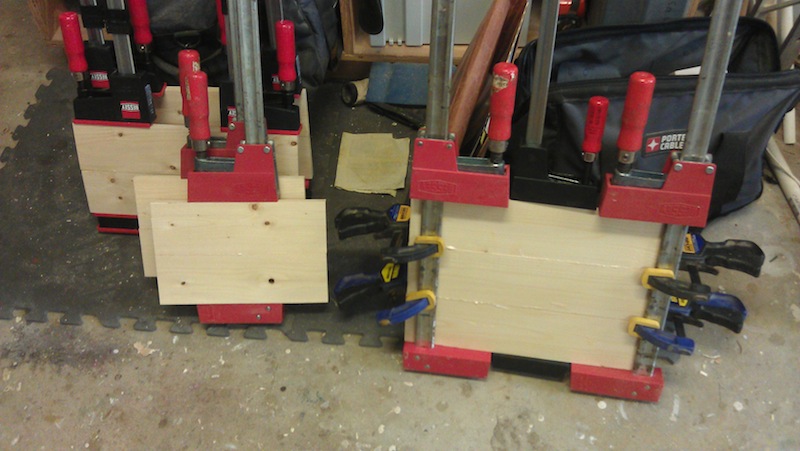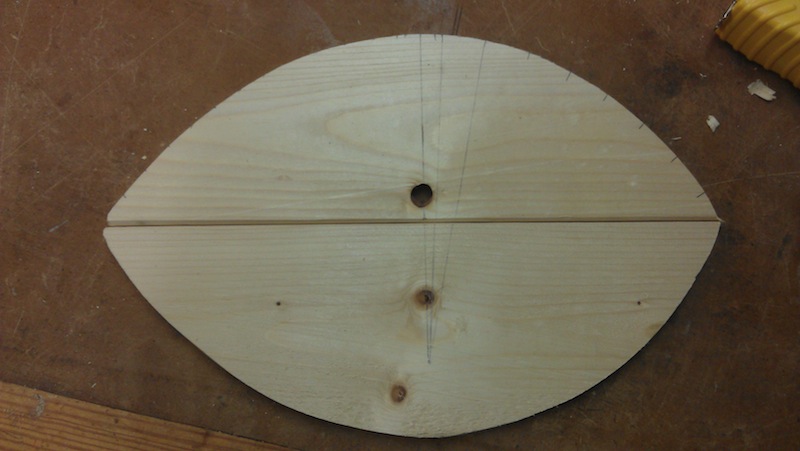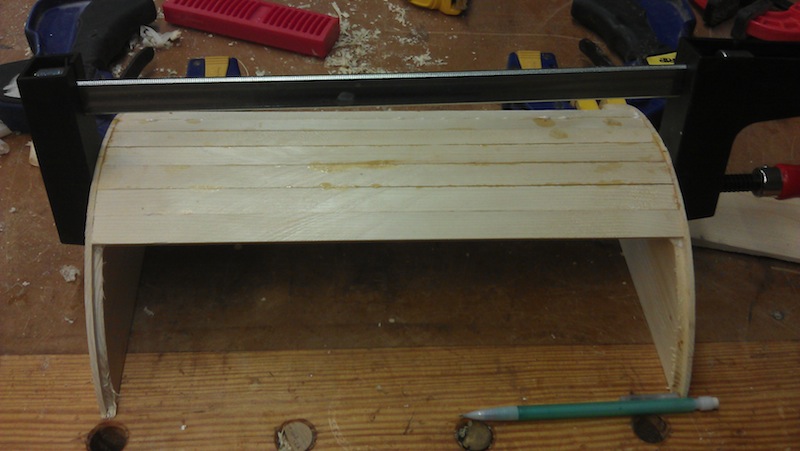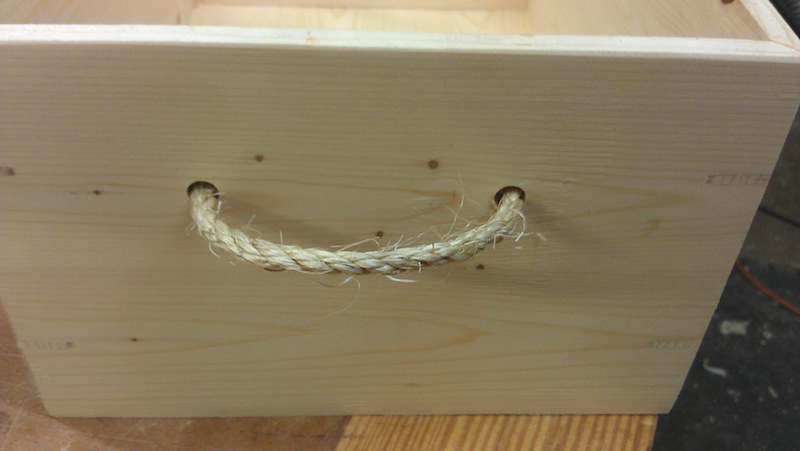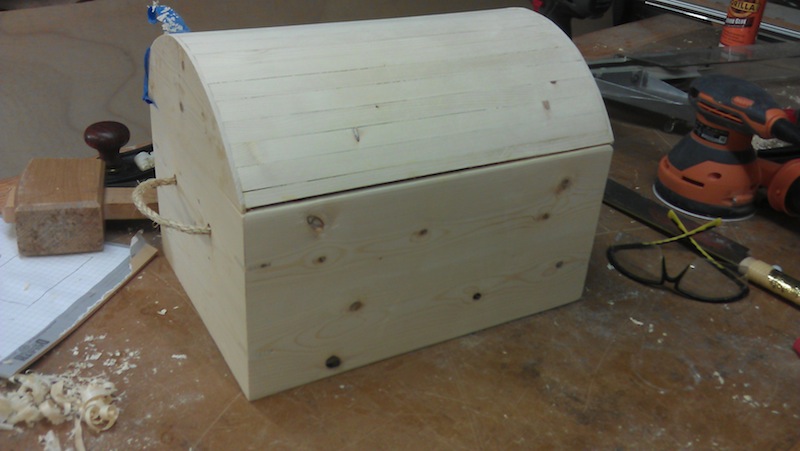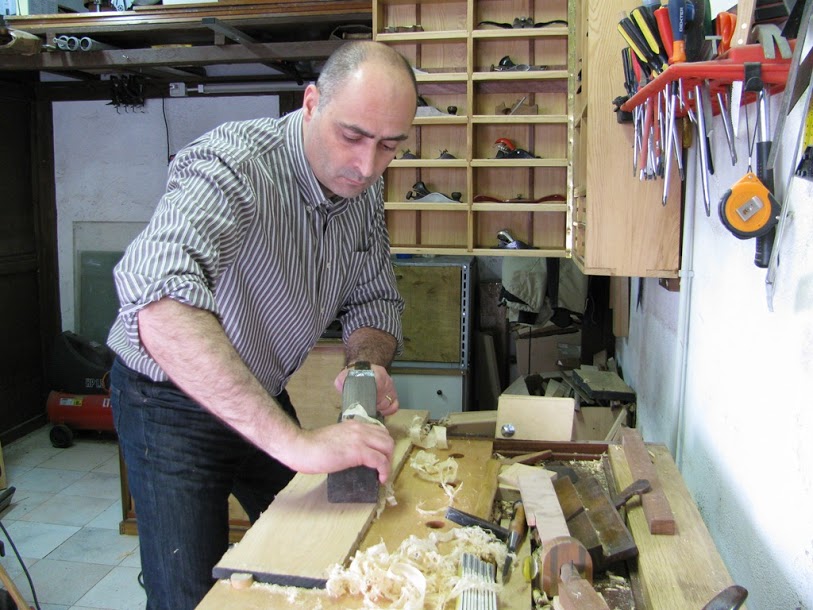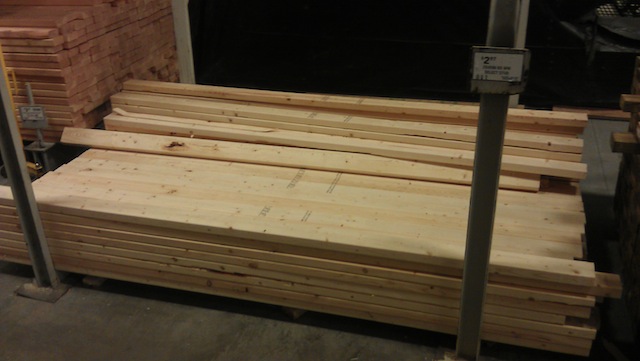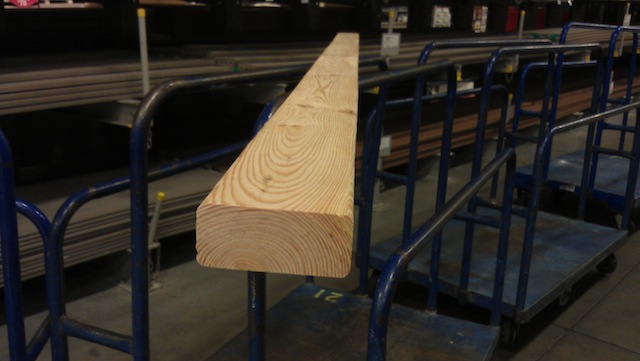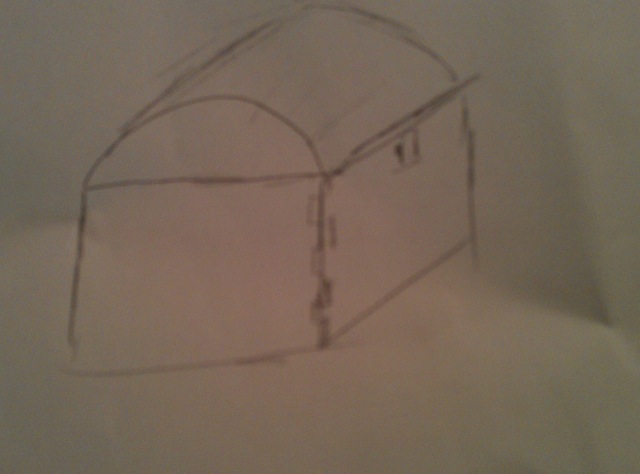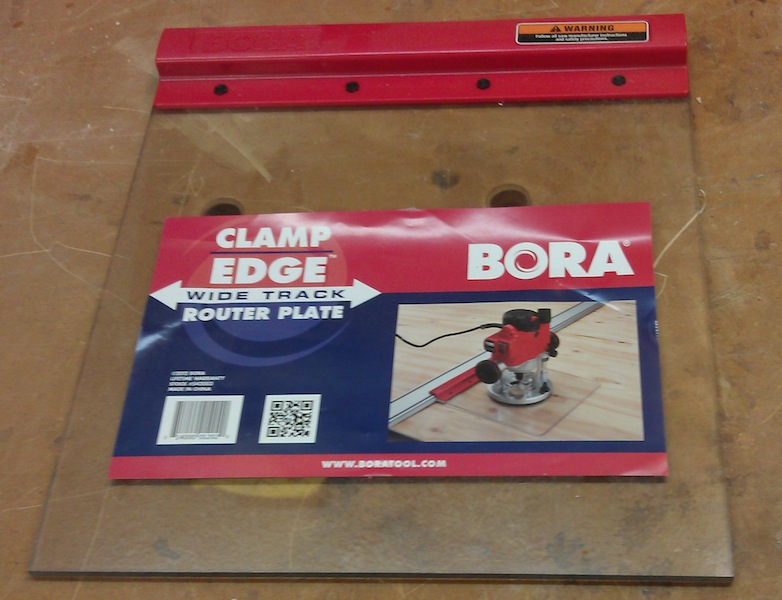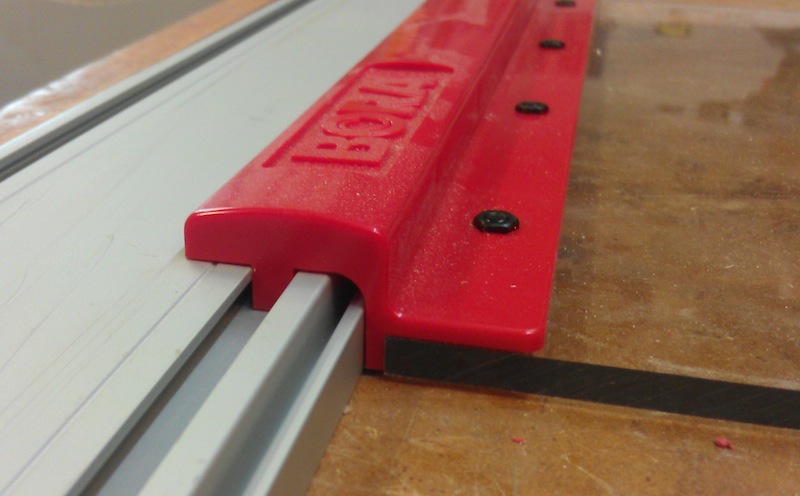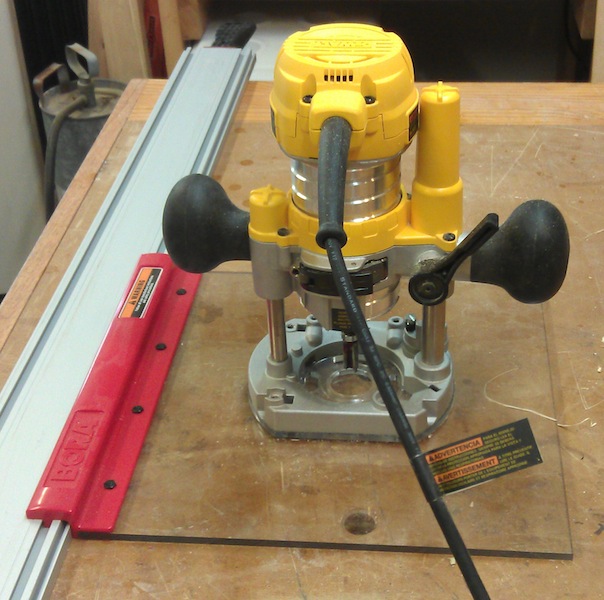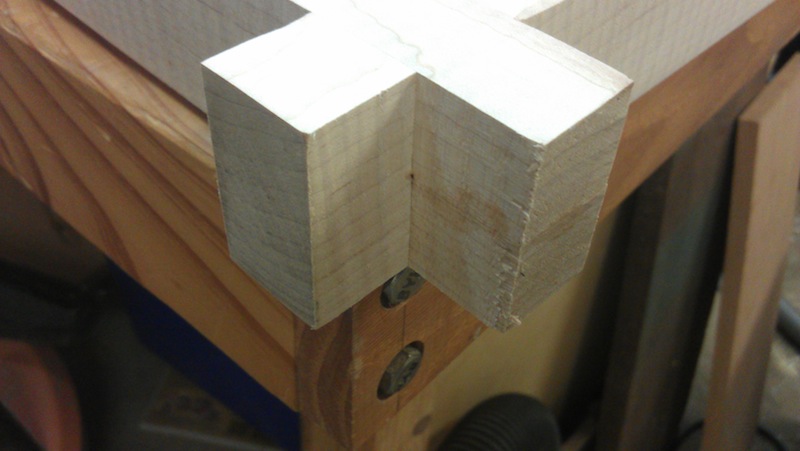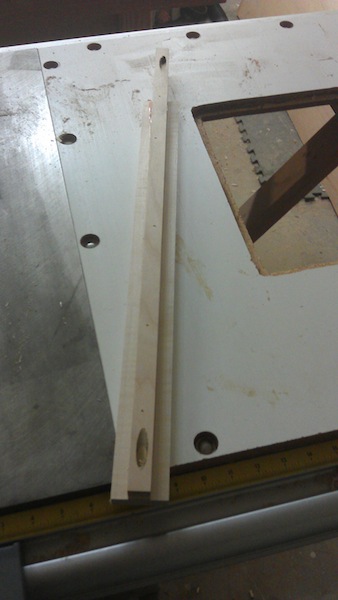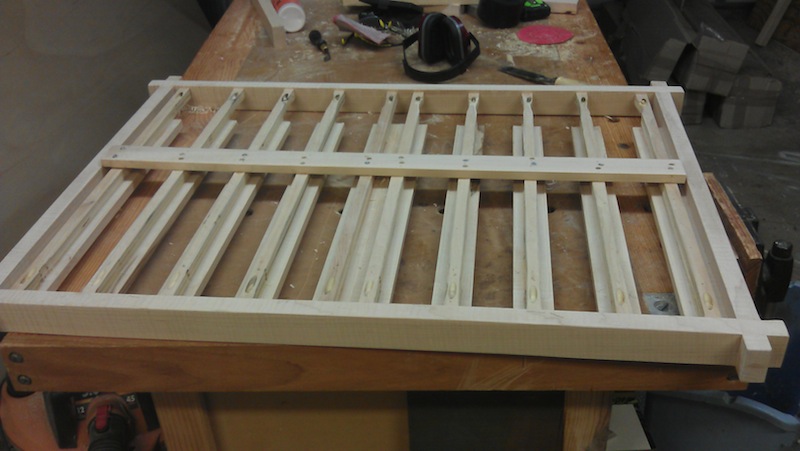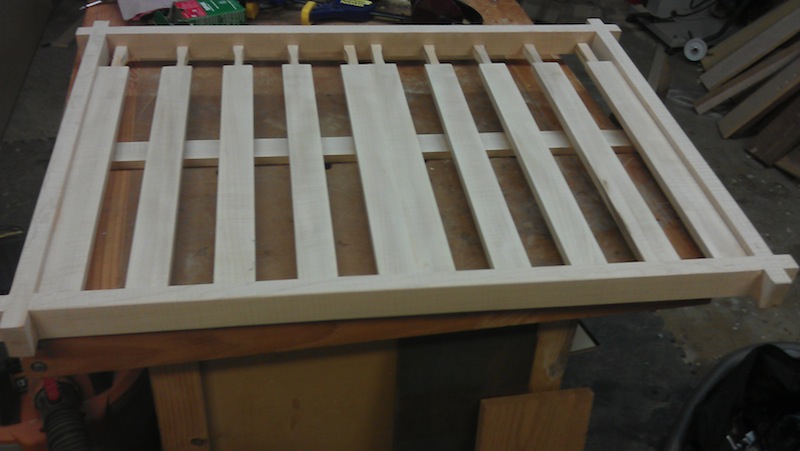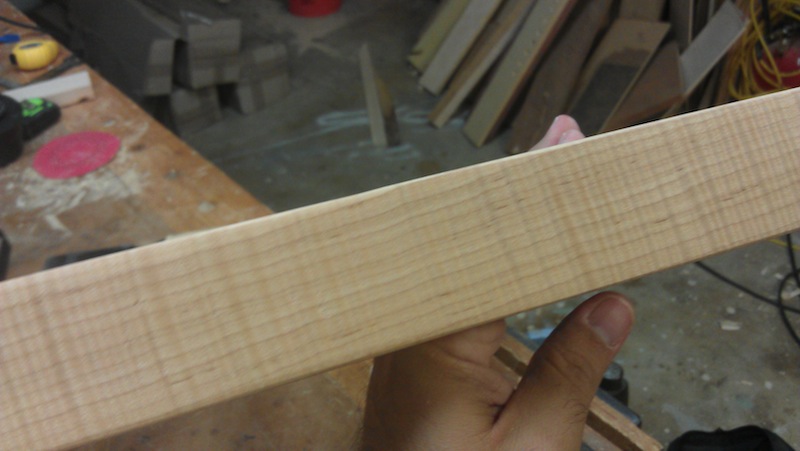As you can see from my past few posts, I have become fascinated with this whole 2 x 4 challenge the St. Petersburg Woodcrafters Guild has going on. I really didn’t have a chance to work on it last week, so when the weekend rolled around, I knew I was going to have to jump on this one with two feet to make it a reality. After all, the deadline is tomorrow’s guild meeting. Yikes!
So, I measured out the size for the box and the lid. My initial plans were to build a dovetailed box, but I thought that since I had so little time, I would opt instead for a splined mitered box. That was great, but first I had to joint, resaw and mill all of the pieces that were going to go into the project. Obviously, you don’t want to build this thing with inch and a half thick walls. Once I had everything milled up and good to go, I got everything glued up. My friends at Bessey Tools were nice enough to send me a great care package of clamps, and I put them to good use gluing everything up.
Cutting the pieces required a great deal of thought – after all, I was limited to the wood I could get out of a single 2 x 4 – not a whole lot available for boo-boos… I took my time and made sure that the cuts and glue ups were handled accurately.
The main body of the box was like many other projects I have built in the past. The top – completely new to me. I had never built a domed lid before, so I wanted to make sure that I did this right. The first thing I had to do was to calculate how high I wanted the arc to rise. Since the height of a 2 x 4 is 3 1/2 inches, that was a good amount. I also calculated the length of the base of the arc, and figured that the arc was part of a circle with a radius of 5 1/2 inches. I also took the time to rout a simple rabbet on the top edge of the arcs to receive the slats.
I measured how wide the slats were going to be approximately 3/4 inch wide and 1/8 inch thick – so I marked the width with the center of a slat at the apex of the arc. Once I determined the angle between the center and edge of that slat, I marked it out with my bevel gauge, and bingo – I set the table saw blade to that angle. I then ripped the slats out of a piece of 2 x 4 and glued them in place. Because the pieces were so delicate, I couldn’t use nails to hold them. I considered using super glue, but then I remembered that hide glue has great initial tack. That stuff did the trick, and I was able to place all of the slats around the arc to form the lid.
I drilled a pair of holes on the sides to add a pair of rope handles to give the piece a more nautical look.
All that remains is sanding and a finish. I will try to find some way to make it look a little aged, and I have to get that done tomorrow so it will be ready to go for Tuesday.
All in all – not a bad way to spend a summer day…

